
Who doesn’t love some cute little birds flying through their garden? Birds bring life and color to our yards, and attracting them is easier than you might think. A few simple tweaks can transform your outdoor space into a buzzing bird hub.
The tricks lie in the food you offer, how you style your garden, and what you do to make them feel safe and welcome. Every small effort counts. You might be surprised how quickly birds show up when their needs are met. These 12 easy changes will help you roll out the ultimate bird-friendly invitation. Let’s see how many you’ve already tried!
1. Offer Fresh Water Daily
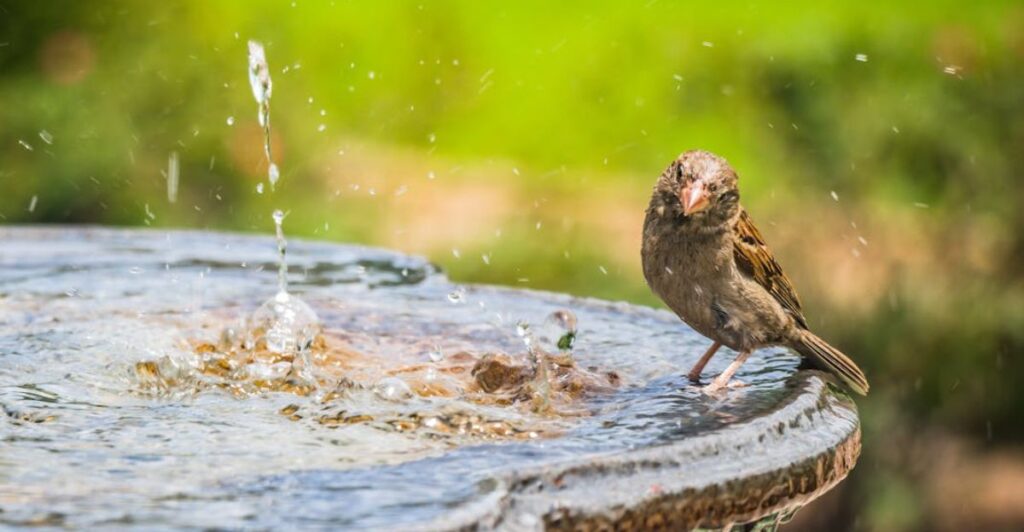
Birds are drawn to water as much as they are to food. A reliable source of fresh water makes your yard irresistible, especially in dry seasons. Whether it’s a birdbath, a shallow dish, or a small fountain, keep it clean and filled daily.
Moving water, like a bubbling fountain, is particularly attractive since it catches light and sound, signaling safety to birds. Also, place your water source in a shaded spot to prevent algae growth and ensure it’s safe from predators.
2. Plant Native Shrubs
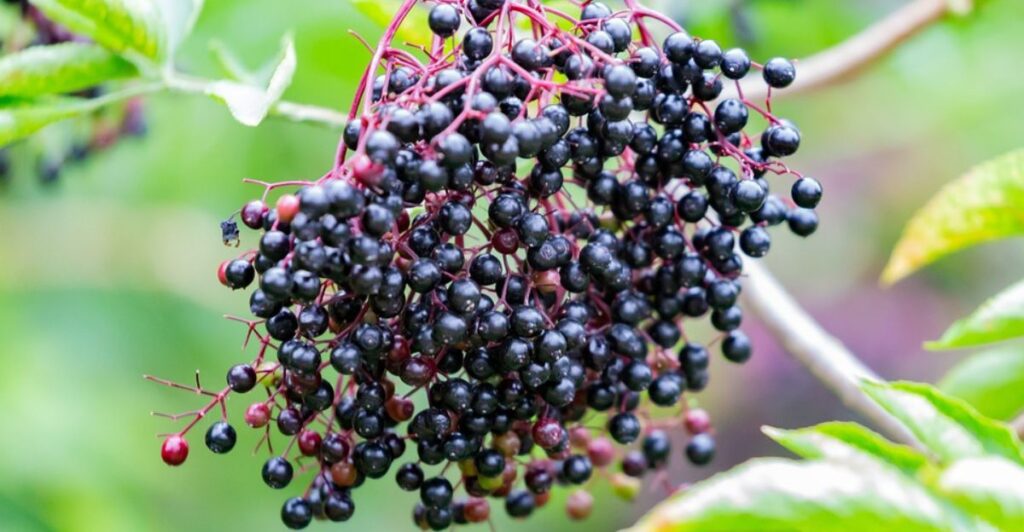
Native plants are a game-changer for bird lovers. They provide food, nesting materials, and shelter tailored to local bird species’ needs. Choose berry-bearing bushes like elderberry or serviceberry for a natural food source.
Shrubs with dense foliage also offer safe nesting spots. Unlike non-native plants, native shrubs are naturally suited to your climate, making them low-maintenance and eco-friendly. Birds will thank you with frequent visits and cheerful songs.
3. Provide High-Energy Snacks

Not all seeds work the same way when it comes to birds. High-energy foods like black-oil sunflower seeds, suet, and peanuts can attract a variety of feathered guests much faster.
These snacks are very important during colder months when birds need extra fuel. Put them in specialized feeders where they remain dry and accessible while deterring squirrels. Also, mix in dried mealworms or fruit chunks to make your offerings even more appealing.
4. Go Pesticide-Free
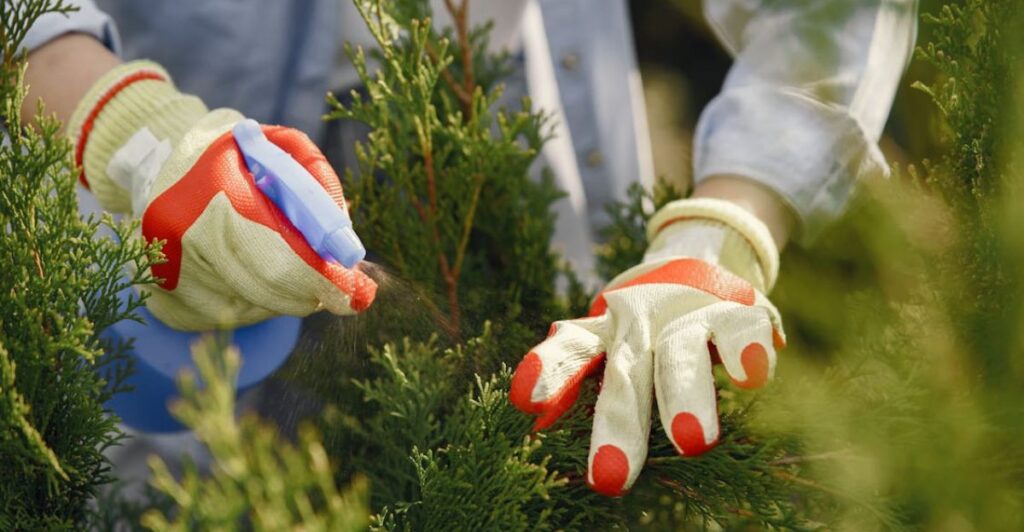
Pesticides might protect your garden, but they harm the very creatures you want to attract. Birds rely on insects as a major food source for themselves and their young.
So, skip the chemicals and opt for natural pest control methods like companion planting. Allow your garden to host a healthy insect population—it’s like setting up a bird buffet. Plus, pesticide-free zones make your yard a safer nesting area.
5. Hang Birdhouses Right
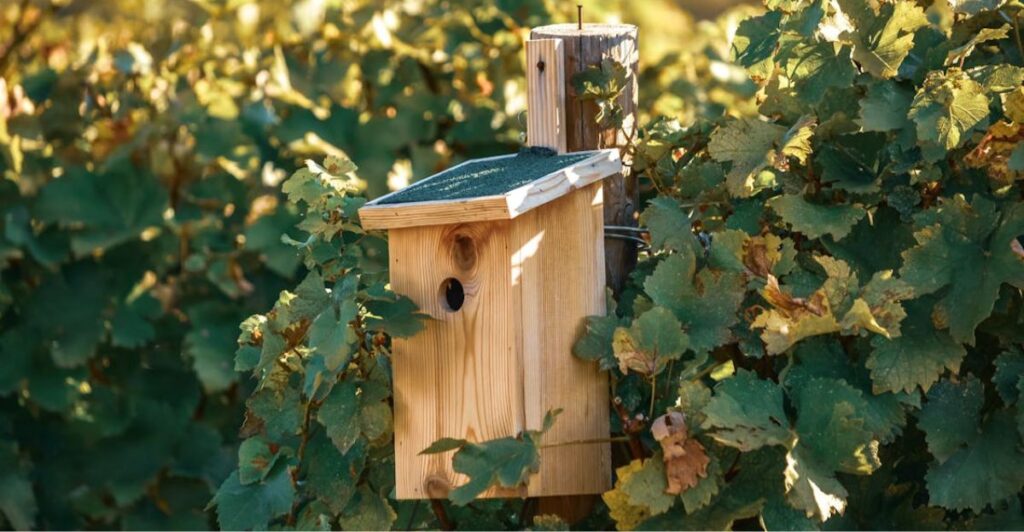
A birdhouse isn’t just decoration; it’s potential real estate for nesting birds. Therefore, keep in mind that their placement and design matter more than you’d like to put effort into.
Different species prefer different house sizes and entry holes. Bluebirds love open areas, while wrens favor cozy spots near shrubs. Just make sure your birdhouses face away from prevailing winds, and clean them out after each nesting season to prevent parasites.
6. Add Colorful Blooms
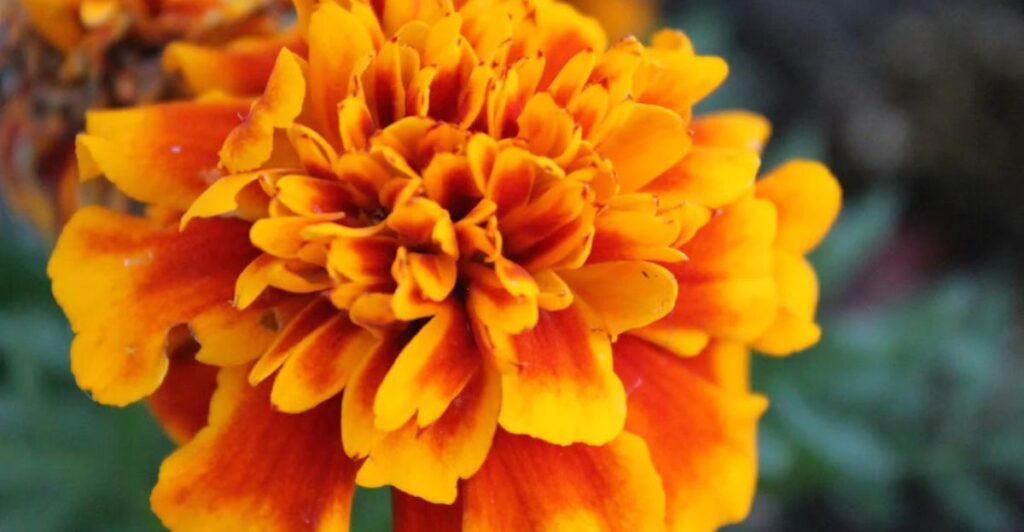
Marigolds, zinnias, and trumpet vines beautify your garden and also act as bird magnets. These blooms often host nectar or attract insects, providing food sources. So, cluster these plants in visible spots to create an eye-catching splash of color.
Birds see colors more vividly than we do, and certain hues can attract specific species. For example, red, orange, and yellow flowers are very appealing and inviting to hummingbirds and finches.
7. Create Layered Landscaping
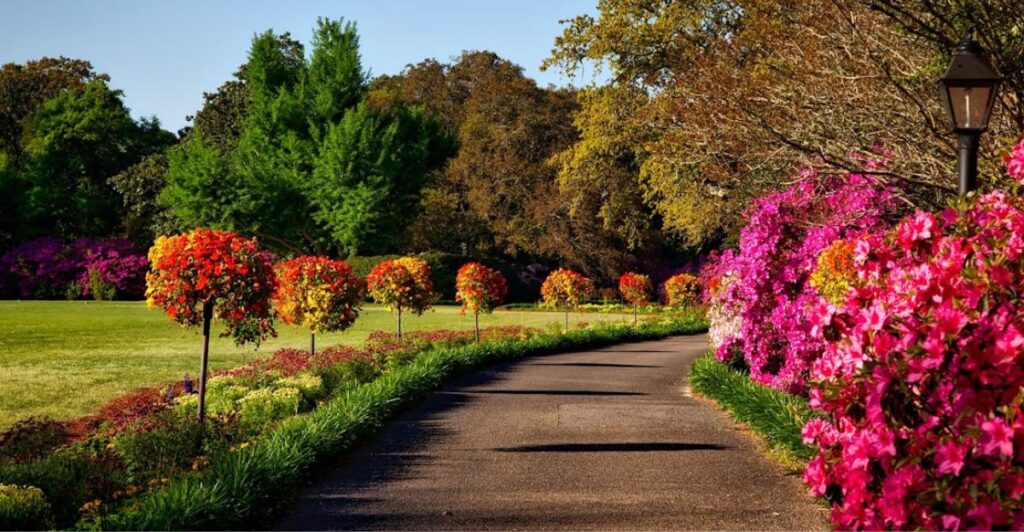
Birds love a yard with multiple levels of vegetation. Those layers mimic their natural habitats, which offer protection and variety. Here’s what you can do:
Start with tall trees as a canopy, mid-sized shrubs for cover, and ground-level plants for foraging. This design not only attracts a wide range of species but also keeps them coming back year-round. Make use of native trees like oak or maple, which support local insects and birds.
8. Use Feeders with Variety

One feeder doesn’t fit all. That’s why you need a variety of feeders that can draw in a diverse crowd of birds—each with its distinct feeding habits. Tube feeders attract small songbirds, while platform feeders are great for larger birds like cardinals.
Don’t forget specialty feeders for suet or nectar if you want woodpeckers and hummingbirds to visit. After that, rotate your feeder placement occasionally to keep things interesting for these little guests.
9. Leave Some Fallen Leaves

While tidying up your yard is tempting, focus on leaving some leaves behind to make it more bird-friendly. Fallen leaves create a microhabitat teeming with insects and worms—bird delicacies. A little moss goes a long way in creating a bird haven.
Ground-feeding birds like robins and sparrows will flock to these natural snacks. Additionally, leaves offer a natural mulch, which keeps the soil moist and reduces garden maintenance.
10. Add Natural Perches

Perches are more than resting spots for birds; they’re essential for them to survey the surroundings and feel safe. Branches, garden stakes, or even a well-placed trellis can serve as inviting lookouts.
Natural branches are ideal as they blend into the scenery while creating a rustic look. You can position perches near feeders or water sources so birds can scope out the area before diving in. The more perches you offer, the more activity you’ll notice.
11. Light Up the Night Gently

Harsh outdoor lighting can chase away nocturnal birds and disrupt their natural rhythms. To make them feel more at home, make some changes to your outdoor lighting. For example, choose dim, warm-toned lights and attractive accents.
Solar-powered garden lights with motion sensors are also a great choice. They illuminate paths without overwhelming birds or other wildlife. Such a soft glow does two things: it keeps your yard bird-friendly and forms a calming ambiance.
12. Keep Cats Indoors
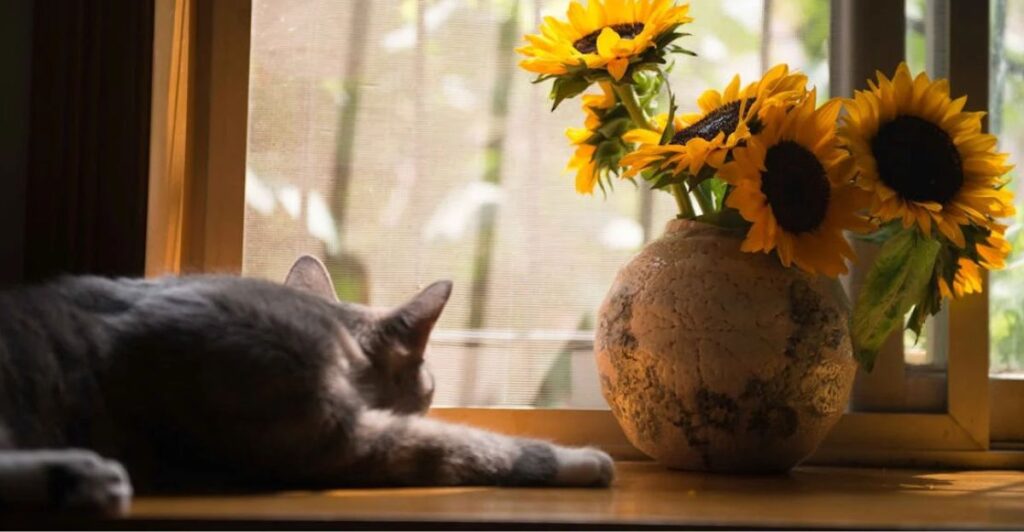
A cat-free yard means more birds can safely enjoy your garden. Cats are one of the biggest threats to backyard birds. That’s why you must keep your feline friends indoors. This will make the birds feel safer whenever they plan to come into your yard.
If your cat loves the outdoors, try to set up an enclosed “catio” or supervise their time outside. You can also add tall fencing or deterrents, like reflective tape, to protect birds.
Stay connected with us for more stories like this! Follow us to get the latest updates or hit the Follow button at the top of this article, and let us know what you think by leaving your feedback below. We’d love to hear from you!







